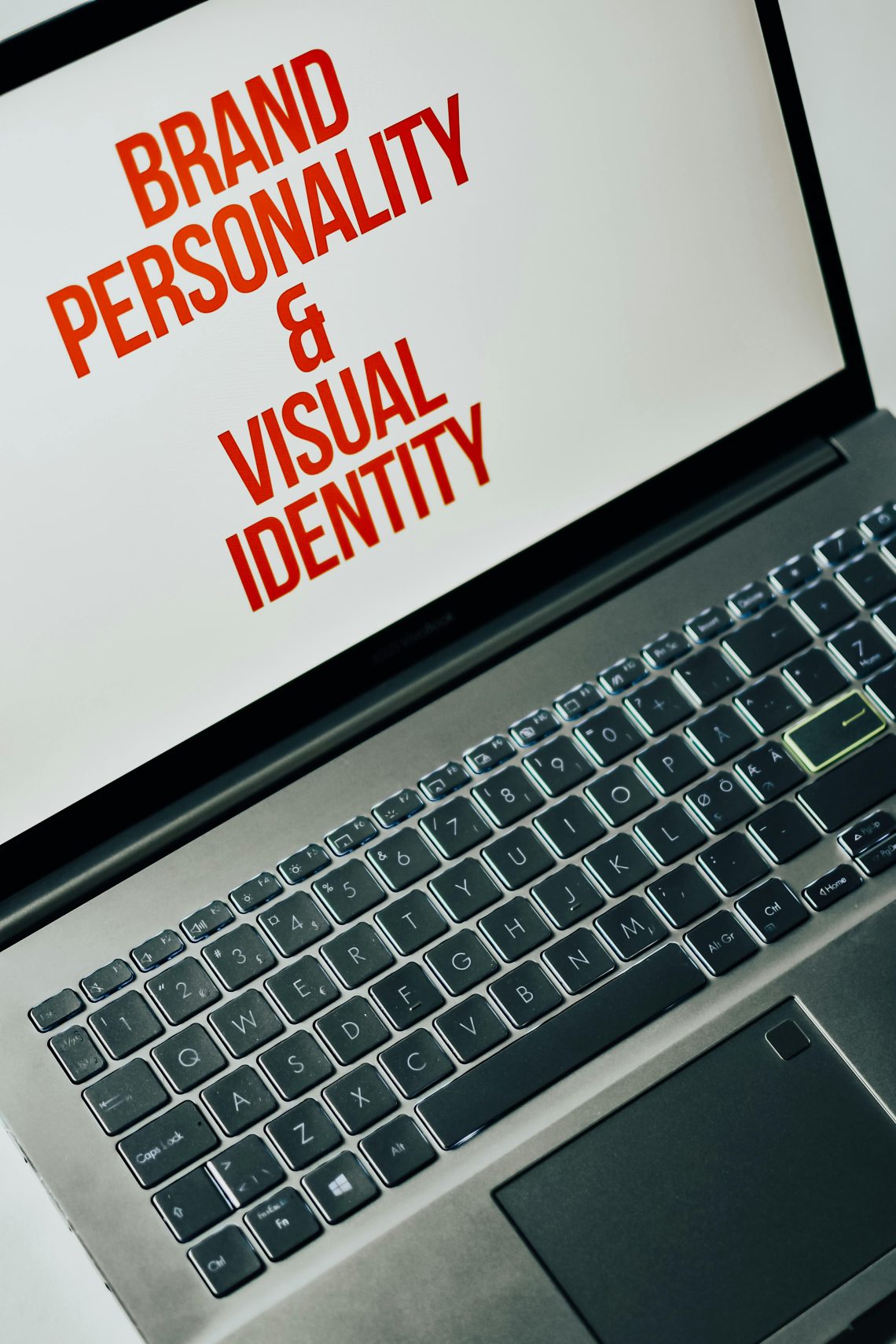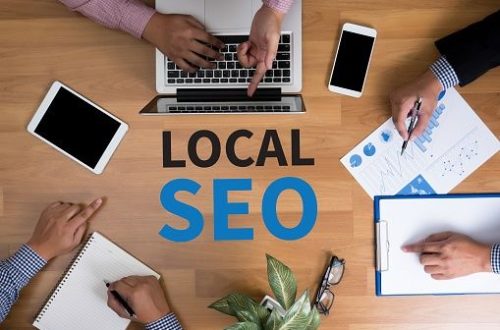
Branding Guidelines for Start Ups, How to Establish a Strong Brand
Since brands represent what they stand for as a company or organization, branding helps them to be recognizable over their competitors.
Branding aims to allow customers or clients to recognize your specific brand through its name, logo, and other design elements. It also helps them to communicate their missions and the way their customer perceives their brand identity.
Your team identifies your brand’s goals and value, your shareholders will understand those goals and trajectory. This is because branding affects how other people distinguish your products and services from your competitors.

Why is Branding Important for Startups?
Branding is critically important for all startups. Where strong branding helps to differentiate the company from competitors, a well-crafted brand signals its credibility. Your branding strategies will convey reliability and consistency, luring customers and stakeholders to invest carefree and stay loyal.
Below are a few elements that will help you to build a powerful branding strategy and staying consistent will help you win the game.
Logo Design
A good logo design fosters brand loyalty. It reflects the brand’s values, purposes, mission, and vision. It defines what your brand is built around. Your logo should therefore be memorable, appropriate, and readable so that people not only remember it but also advocate their experience of your service.
In the case of a logo, where simple is better, it should also align with your industry or service. For a professional small-scale or product-based business you will need a wordmark or typographical logo.
Visual Identity
It is a collection of visual elements that build the foundation of your brand identity. It refers to any visible component such as a logo or brand color and outlines your brand style guide.
Visual identity reinforces your core values, and your brand’s promises, and differentiates from competitors through visual mediums. Consistent and strategic visuals help to communicate a strong visual identity and develop brand recognition.
Graphics
Graphic designing is not associated with just pretty pictures. It is your way to present your organization in a well-thought-out market with a message that hits its target. It will help you organize the information and to deliver a message in the most impactful way possible.
Graphic designing delivers beauty to target audiences and grabs their attention before they move on to the next thing.

Key Components of Branding
Being a startup, you need to understand and focus on the following key components of branding for your desired outcome.
- Brand Identity:
- It comprises visual elements such as logos, typography, colors, and design elements.
- Brand Positioning:
- It involves the process of highlighting your brand’s unique selling propositions and where your brand stands in comparison with its competitors.
- Brand Image:
- It is a perception of how people see your brand. You can shape its branding messages, communication strategies, and overall customer experience.
- Brand Awareness:
- It is the extent to which the brand is recognizable among the audience. Every brand aims to increase brand awareness converting their audience to potential and loyal customers.
- Brand Loyalty:
- It is a degree to show how a customer prefers this brand over others and consistently chooses their products.
- Brand Equity:
- It refers to the overall value of a brand. A strong brand with positive association is necessary to create a higher value in the market.
Step-by-Step Cost-Effective Branding
With all that’s said, let’s dive into the cost-effective branding steps that you can follow to establish a strong brand.
Define Your Story
As a startup, you need to build a strong foundation for your brand. Why did you build this company? Who are you and why did you choose this specific product? So, create a narrative of how you took the journey as a startup, what challenges you faced, what’s your vision, and what are you doing to accomplish it.
Your story will connect your brand with your audience and this relationship leads to trust and loyalty.
Set the Tone
Once your story is all set, it’s your job to decide how it will be perceived by your audience and potential customers. It depends on your product and services. If your services require you to be more professional your story shouldn’t be that much warm and friendly. Whether you should be funny, quirky, or composed, your vibes during the first few stages are the key.
Settle on a Name
Your company’s name should be easy to spell and remember. It must resonate in people’s minds when they think about you. Most importantly, it should differentiate your brand from its competitors. Setting your company name is a big part of your branding strategy and although you may have done it long before, you need to be cautious when choosing it.
Create Your Mission Statement
Your mission statement is crucial for building your internal culture and driving your marketing mission going forward. It is a summary of your start-up aims and values and will guide your brand voice and communicate about your company.
Design a Logo
As mentioned earlier, your logo should incorporate the tone of your brand. The graphic designer will help you make an effective logo that makes people recognize your brand. That logo not only aligns with your brand’s statement but will also reflect its story, goals, and missions uniquely and appropriately.
Colors + Text
Where colors reflect the passion of your brand, texts tell the story. These two factors can not be overlooked during online branding. Your social media accounts and website must have a consistent connection that reflects your brand’s overall personality. Thats why, you need to focus on colors and fonts that fit the tone of your brand.
Conclusion
With all the essential factors discussed above, you and your team can use them as a strong reference point for future projects.





